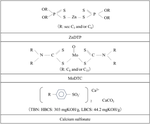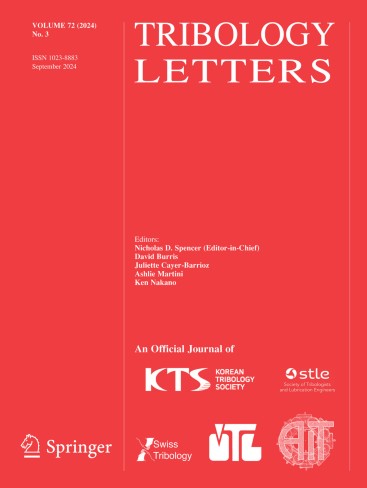The Effect of Lubricity of Calcium Sulfonate on ZnDTP and MoDTC
Abstract
Reduction of friction and wear by lubrication is necessary to improve the efficiency and prolong the lifespan of industrial machinery. However, several aspects regarding the lubrication effects in additive-combined oil are still unresolved. This study focuses on the effects of combining zinc dialkyldithiophosphate (ZnDTP), molybdenum dithiocarbamate (MoDTC), and Ca sulfonate on the frictional behavior of poly-α-olefin 4 (PAO4) lubricant oils. Ball-on-disk friction tests demonstrated that the exclusive addition of high-base Ca sulfonate solution reduced friction and wear of the lubricating oil. When combined with ZnDTP and MoDTC, the friction coefficients of PAO with high-base and low-base Ca sulfonate are affected by competitive reactions on the sliding surface. Quartz crystal microbalance with dissipation monitoring measurements suggests that high-base Ca sulfonate forms a stronger adsorption film than low-base Ca sulfonate. Atomic force microscope observations confirmed that the addition of low-base Ca sulfonate reduced friction and wear, whereas high-base Ca sulfonate induced competitive reactions with ZnDTP and MoDTC. This study provides valuable insights into the effects of the combination of additives on the lubricity of PAO and their impact on friction and wear characteristics, which are valuable for the design of suitable lubricants for industrial machinery.


 求助内容:
求助内容: 应助结果提醒方式:
应助结果提醒方式:


